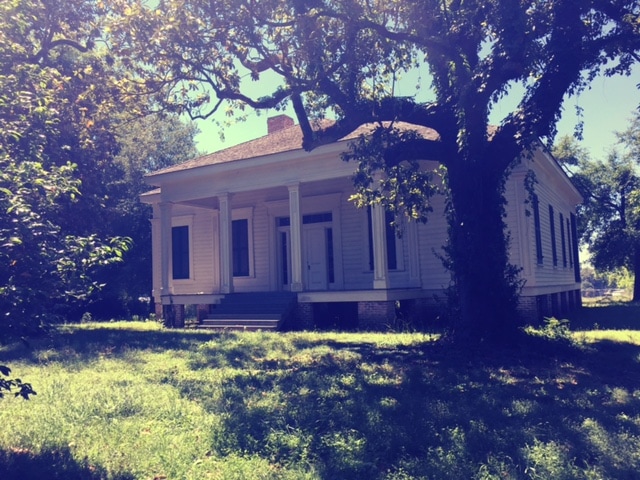
Base Hospital 22 handled over 17,000 patients between Jand January 25, 1919. Out of 42 total Base Hospitals, 36 were formed in this way. For example, Base Hospital 22 was comprised of staff from Knowlton Hospital in Milwaukee, and Aimee O’Keefe’s unit, Base Hospital 50, was organized in Seattle, through the University of Washington. These base hospitals were mostly Red Cross units, in other words city hospitals which were activated during the war. There was one base hospital per division, which was adequate according to organizational charts. 5 handled 15,195 patients between Septemand the end of the war on November 11, 1918.Īt the base hospitals, conditions were not much better. Of 42 divisions (29 in combat), there were only 37 Evacuation Hospitals (22 in combat), well under the authorized strength.2 This meant that Evacuation Hospitals were under tremendous strain, often operating at or above their listed capacity. Drawing on lessons of the French and British armies, the new organization required a minimum of 1,000 beds per evacuation. Standard Army organization provided for 2 evacuation hospitals per division. Prior to the war, thought had been given to the medical requirements of units in combat. This move put her as close to the front as a nurse could get. She transferred from Base Hospital 22 to Evacuation Hospital 5 a month later. Bulovsky arrived in France on June 22, 1918. There isn’t much we can do for the boys here except keep their dressings clean keep them warm and give them hypodermics.” - Helen Bulovsky in a letter to her parents, August 7th, 1918.Īfter a brief stint at Camp Merritt, New Jersey, the main training base for medical personnel in the United States, the nurses traveled to New York harbor, where they boarded ships for France. I have charge of several tents and it keeps me busy. Short on Food, Long on Work at Base Hospital 22 drafted 4,000,000 men, creating a serious shortage of medical personnel. By these calculations, this number of nurses was adequate for an army of 1,000,000 men. Army made the decision to employ sanitary personnel at a rate of 7.65%, lower than the recommended 10% of total troop strength. By the end of the war, the ranks of the Nursing Corps would swell to 21,480. She was assigned to Base Hospital 50, organized through the University of Washington Hospital.Īs of the declaration of war on Apthe Army Nursing Corps consisted of a mere 235 regulars and 165 reserve members.

O’Keefe was called to active duty in April, 1917. After being certified she practiced in Los Angeles, California Lewiston, Montana and Seattle, Washington.

Aimee O’Keefe was born on a small farm in St. The staff was then supplemented with soldiers from regular Army sanitation units. The doctors became officers, but nurses were not given military ranks at this time.

Base Hospital 22 was formed at Knowlton Hospital in Milwaukee. Bulovsky had a heart defect, which it seems she was aware of at the point of her enlistment in April 1918. She trained at Madison General Hospital, and after her graduation in October of 1917 practiced as a registered nurse. This exhibit concerns itself with two people and one unit with Wisconsin ties. Helen Bulovsky was born in Madison in 1895, of immigrant parents. As in the Civil War and other previous conflicts, women answered the call by volunteering as nurses. Wisconsin in the Civil War: Battle Flags and Wisconsin Regimental HistoriesĪt the Outbreak of War: Army Nursing Corpsĭuring World War I, the entire nation was mobilized for service.


 0 kommentar(er)
0 kommentar(er)
